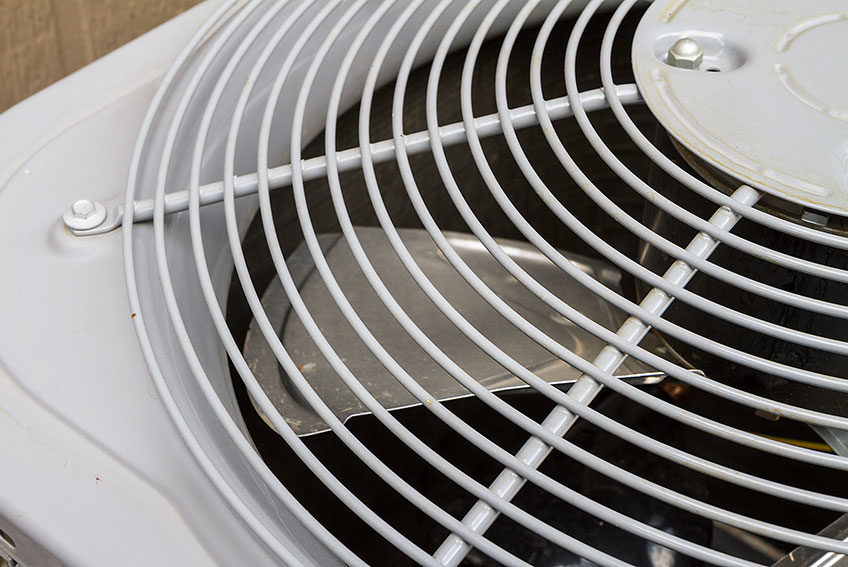5 Important Considerations for a Quality HVAC System Installation
Don’t assume that choosing the right brand of equipment at a good price is where making a good decision ends. There are important considerations of a quality installation — many you won’t see or would never be aware of without knowing about them. Read this article to learn what you should look out for when having your new system installed.

The quality of the installation of your system — from the specifications to the turning of actual screws — will make a huge difference in the overall quality and longevity of your investment. The government’s Energy Star program provides useful guidelines for contractors and homeowners to improve the quality of heating and air conditioning equipment installation. When possible, look for contractors who adhere to the Energy Star quality guidelines.
The efficiency of the system you are purchasing is a lab rating and HVAC systems are an applied product, meaning the equipment you are purchasing must be installed and the environment the equipment operates in affects the efficiency and life of that equipment. That means WHO you choose is critical to your overall satisfaction and ultimate quality.
SIZING
Installing the right size equipment for the home is essential to getting the best performance and comfort. Here we are discussing “size” in tons as a measure of heating/cooling output, not the physical dimensions of the equipment.
Many homeowners believe that bigger is always better, even when buying new heating and cooling equipment. In reality, a system that’s too large will not keep your home as comfortable because of frequent ‘on/off’ cycling. When the system is on, the house gets blasted with
heat (or cold), then the system turns off and waits to do it again a short while later. And of course, a system that is too small will not be able to keep your home comfortable throughout the year. Cycling due to incorrect sizing can also put stress on system components and shorten the equipment’s life. With an ENERGY STAR Quality Installation, your contractor will make sure that you get a system that is the right size for your home.
DUCT EFFICIENCY & SEALING
To help ensure that your new system delivers the heated or cooled air to all the rooms of your home, contractors using ENERGY STAR Quality Installation guidelines will evaluate your duct system to identify leaks and then seal them using mastic, metal-backed tape, or an aerosol based sealant. In some instances, your contractor may advise you that it is necessary to replace or add ducts.
EVACUATION and REFRIGERANT CHARGE
Incorrect refrigerant level can lower efficiency by 5 to 20 percent and can ultimately cause premature component failure, resulting in costly repairs. With an ENERGY STAR Quality Installation, your contractor will verify that the refrigerant level in the system is correct. Before charging a new system, the proper installation process requires a complete purge and cleaning of the refrigerant lines (whether or not they are new) and a full evacuation of non-condensables (anything except pure refrigerant). When brazing the new connections, nitrogen should also be used to prevent carbon/soot from forming inside the lines.
OPTIMIZING AIRFLOW
If air flow in your heating and cooling system is too high or too low, you may experience comfort problems and higher utility bills. With a quality installation, your contractor will test air flow and make any needed adjustments for optimal performance. When purchasing heating and
cooling equipment, choosing energy-efficient products is a step in the right direction. However, asking the right questions of your contractor and making sure your equipment is properly sized and installed are also important elements to ensure that your new system performs at optimal efficiency.
SYSTEM BALANCE
In order to achieve consistent temperatures throughout your home, your installation contractor will run a “home load” calculation and use it to size and properly balance your system. The contractor will take into account windows, the directions different sides of the house are facing, tree cover, insulation, and other factors. They will then distribute the air flow to provide temperatures that are as consistent as possible.
A quality installation will ensure that some parts of your house aren’t much warmer or cooler than others.



